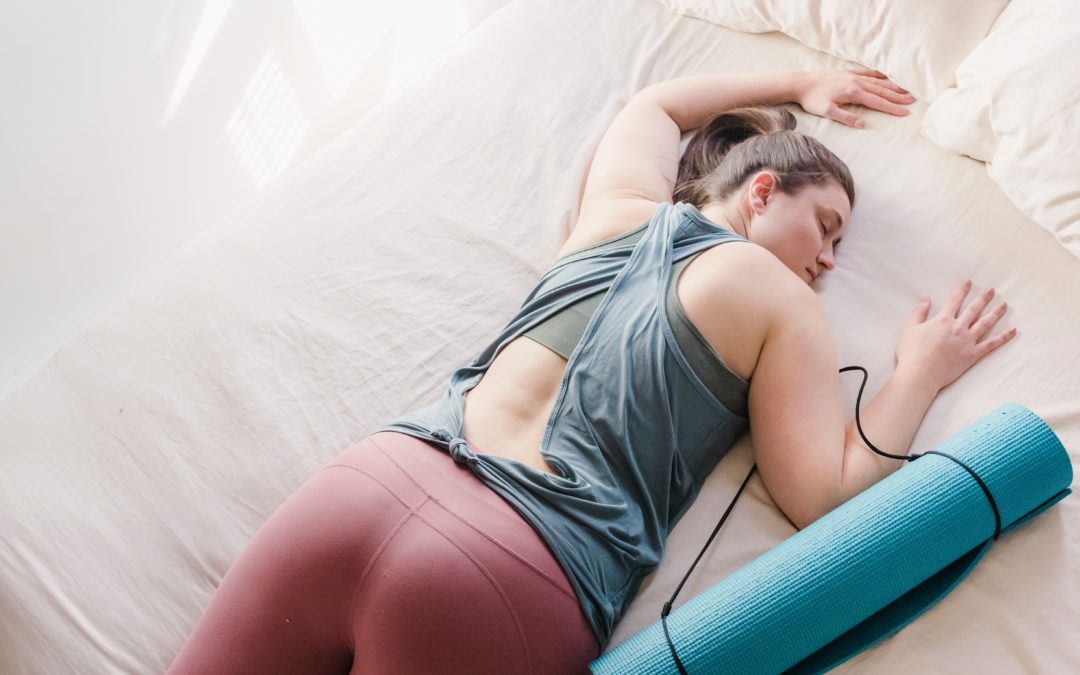Are you experiencing low back pain caused by a disc bulge? If so, you’re not alone. Low back pain is a common condition that affects millions of people worldwide. Fortunately, chiropractic care offers a safe and effective approach to treating this condition. In this article, we will explore how chiropractors can help heal low back pain from a disc bulge, with a particular focus on the benefits of chiropractic care in Ashland, OR.
Understanding Lumbar Disc Lesions
Before we dive into the details of chiropractic care, it’s essential to understand lumbar disc lesions. A disc lesion refers to a disruption of the annular fibers and subsequent displacement of nuclear material. This can lead to radicular symptoms, such as pain, paresthesia, numbness, or weakness in the distribution of the affected nerve root(s). Lumbar disc lesions occur on a continuum, starting with repetitive disc sprain, leading to herniation, and ending in degeneration.
Factors Contributing to Lumbar Disc Lesions
Multiple factors contribute to the development of lumbar disc lesions. Repetitive mechanical stressors, such as compressive loading, shear stress, and vibration, weaken the annular fibers over time, eventually leading to disruption. Genetic factors and aging also play a role in lumbar disc lesions. As we age, the discs’ molecular structure degrades, making them more vulnerable to mechanical injury. However, degradation also causes dehydration, resulting in less nuclear material available to herniate. Symptomatic disc herniation typically occurs in the fourth or fifth decades of life and is less common in children.
Location and Classification of Disc Lesions
Most lumbar disc lesions occur at the L4/5 or L5/S1 levels, with the latter being more prevalent. The posterior longitudinal ligament tapers caudally, making the posterolateral annulus the weakest point of the disc. Disc problems can be classified by location or zone as central, subarticular (lateral recess), foraminal, or extraforaminal. Additionally, the nomenclature for disc lesions uses terms like “protrusion,” “extrusion,” and “sequestration” to describe the degree of annular disruption and nuclear material displacement.
Clinical Presentation and Diagnosis
The clinical presentation of a lumbar disc lesion depends on the degree of neurologic involvement. Asymptomatic disc herniations are relatively common, with 20-36% of the adult population having them. However, when symptoms are present, they can include local discomfort, radicular pain, sensory disturbances, motor deficits, and diminished reflexes. It’s important to differentiate lumbar disc lesions from other conditions that may cause similar symptoms, such as infection, tumor, fracture, spondylosis, peripheral neuropathy, or hip/knee pathology.
A variety of orthopedic tests can help identify the presence of a lumbar radiculopathy, although they are not specific to disc lesions. Tests like the straight leg raise (SLR), crossed straight leg raise, and femoral stretch test can provide valuable information. Neurologic evaluation, including sensory, motor, and reflex assessments, should also be conducted to determine the extent of nerve root involvement.
Chiropractic Care for Low Back Pain from a Disc Bulge
Chiropractic care offers a non-surgical, drug-free approach to treating low back pain from a disc bulge. Chiropractors are trained to evaluate and diagnose disc lesions and develop personalized treatment plans based on each patient’s specific condition. The goal of chiropractic care for low back pain is to centralize symptoms, reduce pain and inflammation, decrease mechanical compression, and improve functional core stability.
Directional Preference Assessment
Chiropractors often assess for a patient’s directional preference, which refers to the position or movement that alleviates or aggravates their symptoms. This assessment involves having the patient perform repetitive extensions and flexions while observing for symptom centralization or peripheralization. By identifying the directional preference, chiropractors can tailor the treatment plan to focus on exercises and movements that promote symptom centralization and alleviate pain.
Spinal Manipulation and Mobilization
One of the primary treatment modalities used by chiropractors is spinal manipulation or mobilization. These manual techniques involve applying controlled forces to the spine to restore proper joint mobility and alignment. Spinal manipulation has been shown to be as effective as surgical decompression in 60% of patients who had previously failed medical management. It can help reduce pain, improve range of motion, and promote healing in the affected area.
Rehabilitation Exercises
In addition to spinal manipulation, chiropractors often incorporate rehabilitation exercises into the treatment plan. These exercises aim to strengthen the muscles surrounding the lumbar spine, improve flexibility, and enhance core stability. The choice of exercises will depend on the patient’s directional preference and specific needs. Some common exercises may include McKenzie extension exercises for extension-biased patients or Williams flexion exercises for flexion-biased patients.
Other Adjunctive Therapies
Chiropractors may also utilize other adjunctive therapies to complement the treatment of low back pain from a disc bulge. These therapies may include sciatic nerve flossing, myofascial release techniques, therapeutic stretching, spinal traction, ultrasound, laser therapy, and the use of ice or electrotherapy modalities. The specific combination of therapies will depend on the patient’s individual needs and response to treatment.
The Effectiveness of Chiropractic Care
Numerous studies and clinical trials have demonstrated the effectiveness of chiropractic care in treating low back pain, including pain caused by disc bulges. Research by McMorland showed that spinal manipulation produced results equal to surgical decompression in 60% of patients who had previously failed medical management. Another study of 148 patients found significant and lasting improvement in all outcome measures when side posture high-velocity, low-amplitude (HVLA) manipulation was applied to the level of the disc lesion.
A review of 90 randomized clinical trials regarding the treatment of sciatic symptoms concluded that chiropractic manipulation is one of the few interventions with evidence of effectiveness. Chiropractic clinical outcomes have been shown to be better than those of general practitioners in terms of pain reduction and functional improvement.
Seeking Chiropractic Care in Ashland, OR
If you’re looking for chiropractic care for low back pain from a disc bulge in Ashland, OR, you’re in luck. The city is home to several reputable chiropractic clinics that specialize in treating musculoskeletal conditions, including disc lesions. These clinics offer a range of chiropractic services, including spinal manipulation, rehabilitation exercises, and other adjunctive therapies. By visiting a chiropractor in Ashland, OR, you can receive personalized care and guidance on managing your low back pain and promoting long-term healing.
Conclusion
Low back pain caused by a disc bulge can significantly impact your daily life and overall well-being. Chiropractic care offers a natural and effective approach to healing and managing this condition. By seeking chiropractic treatment, you can experience pain relief, improved mobility, and enhanced quality of life. If you’re in Ashland, OR, consider visiting a local chiropractor who can provide personalized care tailored to your specific needs. Take the first step towards healing your low back pain from a disc bulge and regain control of your life with chiropractic care.
Disclaimer: The information in this article is intended for informational purposes only and should not be considered as medical advice. Always consult with a qualified healthcare professional before starting any treatment for low back pain or any other medical condition.
-

Heal AC Joint Injuries Naturally
$60.00 -

Heal Bicep Tendinopathy Naturally
$60.00 -

Heal Plantar Fasciitis Naturally
$60.00 -
Sale!

RaquetFit Screen for Tennis Athletes
Original price was: $30.00.$0.00Current price is: $0.00. -
Sale!

Selective Functional Movement Assessment
Original price was: $30.00.$0.00Current price is: $0.00. -

The Master Student Book 1
$7.99 -

The Master Student Book 2
$7.99 -

The Rotator Cuff Healing Blueprint
$60.00

